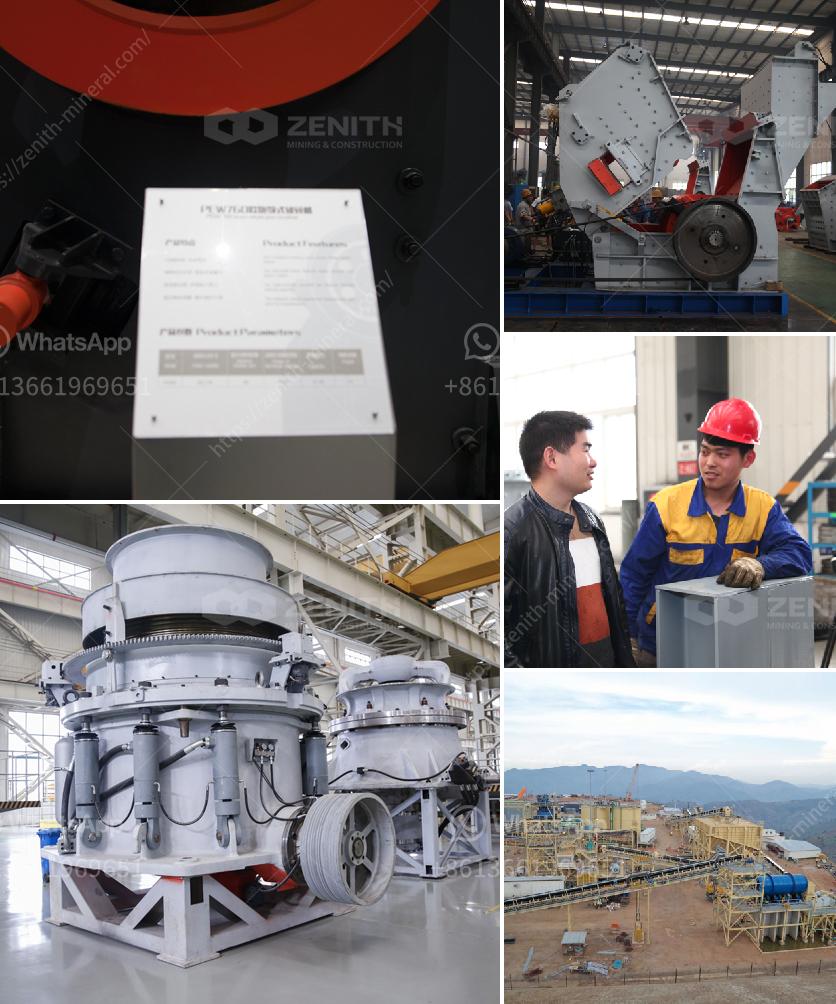Building a small chromite processing plant involves several steps, including site selection, design, equipment procurement, construction, and commissioning. Here’s a detailed guide on how to approach this project:
1. Feasibility Study
Before starting the project, conduct a feasibility study to determine the viability of the plant. This includes:
- Market Analysis: Assess the demand for chromite and its derivatives.
- Resource Assessment: Ensure a reliable supply of raw chromite ore.
- Economic Analysis: Estimate costs and potential revenue.
- Environmental Impact: Evaluate the environmental implications and obtain necessary permits.
2. Site Selection
Choose a suitable location for the plant considering:
- Proximity to Raw Materials: Minimize transportation costs by being close to chromite mines.
- Infrastructure: Ensure access to roads, water, electricity, and other necessary infrastructure.
- Environmental Regulations: Comply with local environmental laws and regulations.
3. Plant Design
Design the plant layout and process flow. This involves:
- Process Flow Diagram (PFD): Outline the major steps in the processing of chromite ore.
- Piping and Instrumentation Diagram (P&ID): Detail the piping and control instrumentation.
- Equipment Selection: Choose appropriate equipment for crushing, grinding, separation, and concentration.
4. Equipment Procurement
Procure the necessary equipment, which may include:
- Crushers: For reducing the size of the ore.
- Grinding Mills: For further size reduction.
- Gravity Separation Equipment: Such as jigs, spirals, or shaking tables.
- Magnetic Separators: For separating magnetic from non-magnetic materials.
- Flotation Cells: For separating fine particles.
5. Construction
Construct the plant according to the design specifications. This includes:
- Civil Works: Building foundations, structures, and other civil engineering works.
- Mechanical Installation: Installing crushers, mills, separators, and other mechanical equipment.
- Electrical Installation: Setting up electrical systems and control panels.
- Plumbing and Piping: Installing necessary piping for water, slurry, and other fluids.
6. Commissioning
Once construction is complete, commission the plant by:
- Testing Equipment: Ensure all equipment is functioning correctly.
- Trial Runs: Conduct trial runs with chromite ore to fine-tune the process.
- Training Staff: Train operators and maintenance personnel.
7. Operation and Maintenance
After commissioning, focus on efficient operation and regular maintenance:
- Process Optimization: Continuously monitor and optimize the process for maximum efficiency.
- Maintenance Schedule: Implement a regular maintenance schedule to prevent breakdowns.
- Safety Protocols: Ensure all safety protocols are followed to protect workers and the environment.
8. Environmental Management
Implement measures to minimize environmental impact:
- Waste Management: Properly manage and dispose of waste materials.
- Water Treatment: Treat process water before discharge.
- Air Emissions: Control dust and other emissions.
9. Regulatory Compliance
Ensure compliance with all local, regional, and national regulations:
- Permits and Licenses: Obtain all necessary permits and licenses.
- Reporting: Regularly report to regulatory bodies as required.
10. Continuous Improvement
Regularly review and improve the plant’s performance:
- Audits: Conduct regular audits to identify areas for improvement.
- Technology Upgrades: Stay updated with the latest technology and consider upgrades.
By following these steps, you can build and operate a small chromite processing plant efficiently and sustainably.

